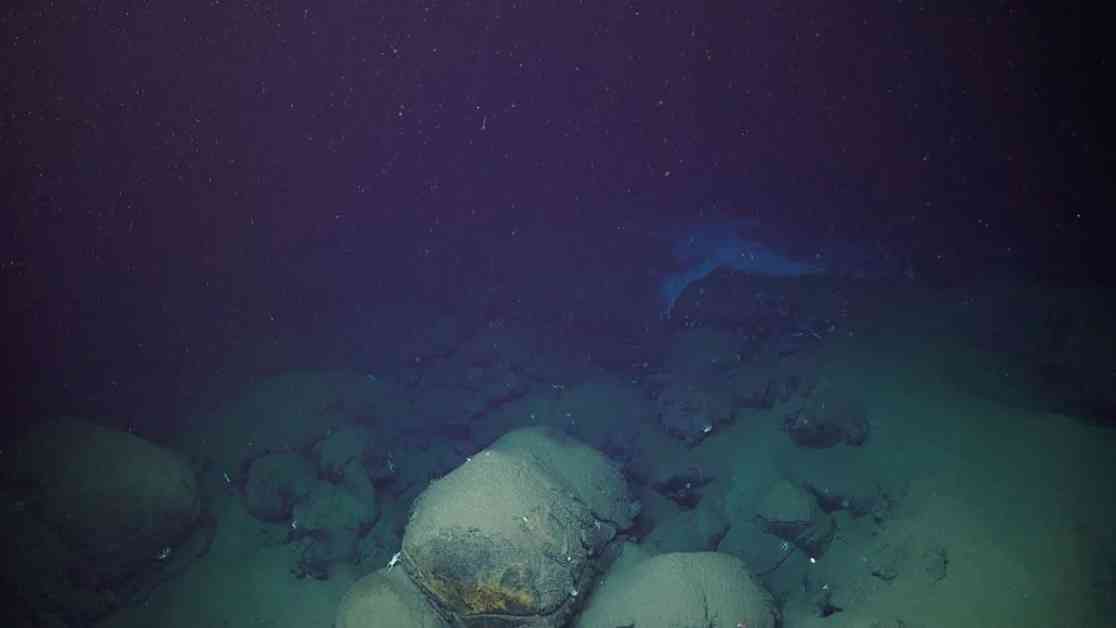In April 2022, scientists were studying deep-sea life near Tonga when they discovered the seafloor covered in ash from the Hunga volcano eruption. This unexpected event led to a shift in their research focus towards understanding the impact of volcanic eruptions on marine ecosystems.
The ash, resembling a snow-covered landscape, had a profound effect on the marine life in the area. Snails and mussels, in particular, were heavily impacted, with many vulnerable species being decimated by the ash. The researchers used footage from a previous expedition to compare the before and after effects of the eruption on sea life, highlighting the devastation caused to the mollusk populations.
The scientists found that the ash, containing fine grains of glass, had traveled significant distances underwater, reaching hydrothermal vent fields and burying the seafloor in sediment. This burial led to the suffocation of many marine organisms, as their ability to obtain oxygen was hindered by the ash. The researchers plan to return to the area in 2026 to track the recovery of the ecosystem and understand how these systems cope with such disturbances.
While the scientists believe that the marine ecosystem will eventually recover, the timeline and process of recovery remain uncertain. The study provides valuable insight into the immediate effects of a volcanic eruption on deep-sea life, but the true value of the research will be realized in the coming years as scientists monitor the long-term changes in the seafloor ecosystem.
This study sheds light on the resilience of marine ecosystems in the face of natural disasters and highlights the importance of monitoring and understanding the impact of such events on deep-sea life. It serves as a reminder of the interconnectedness of Earth’s ecosystems and the need for continued research and conservation efforts to protect these fragile environments.












